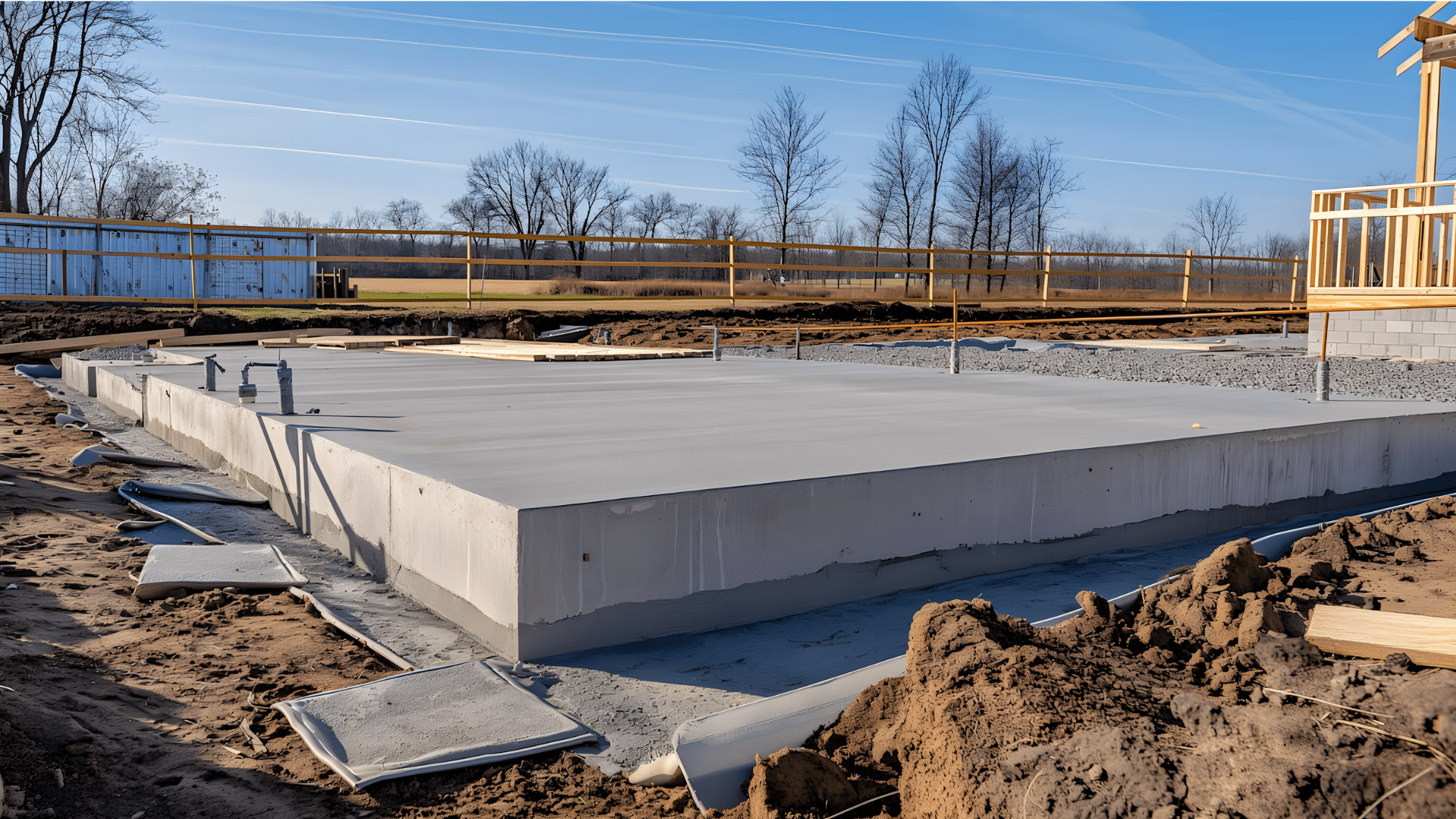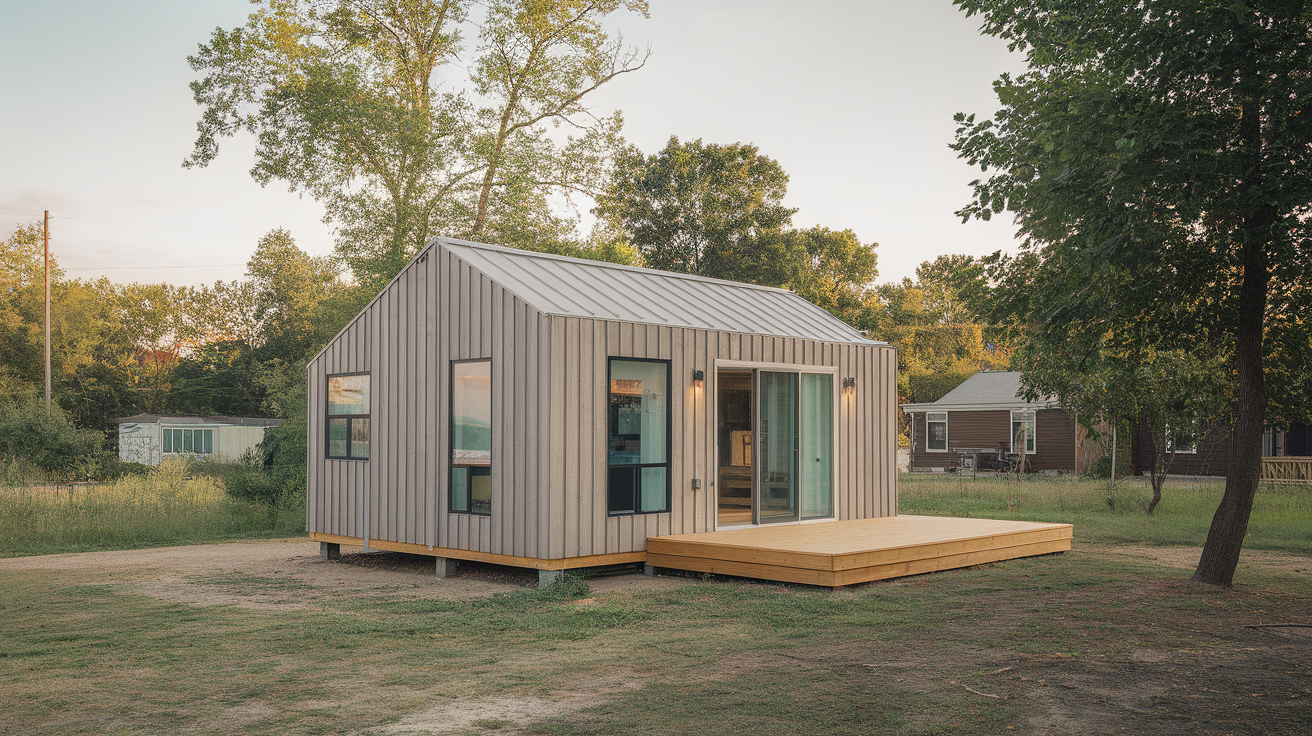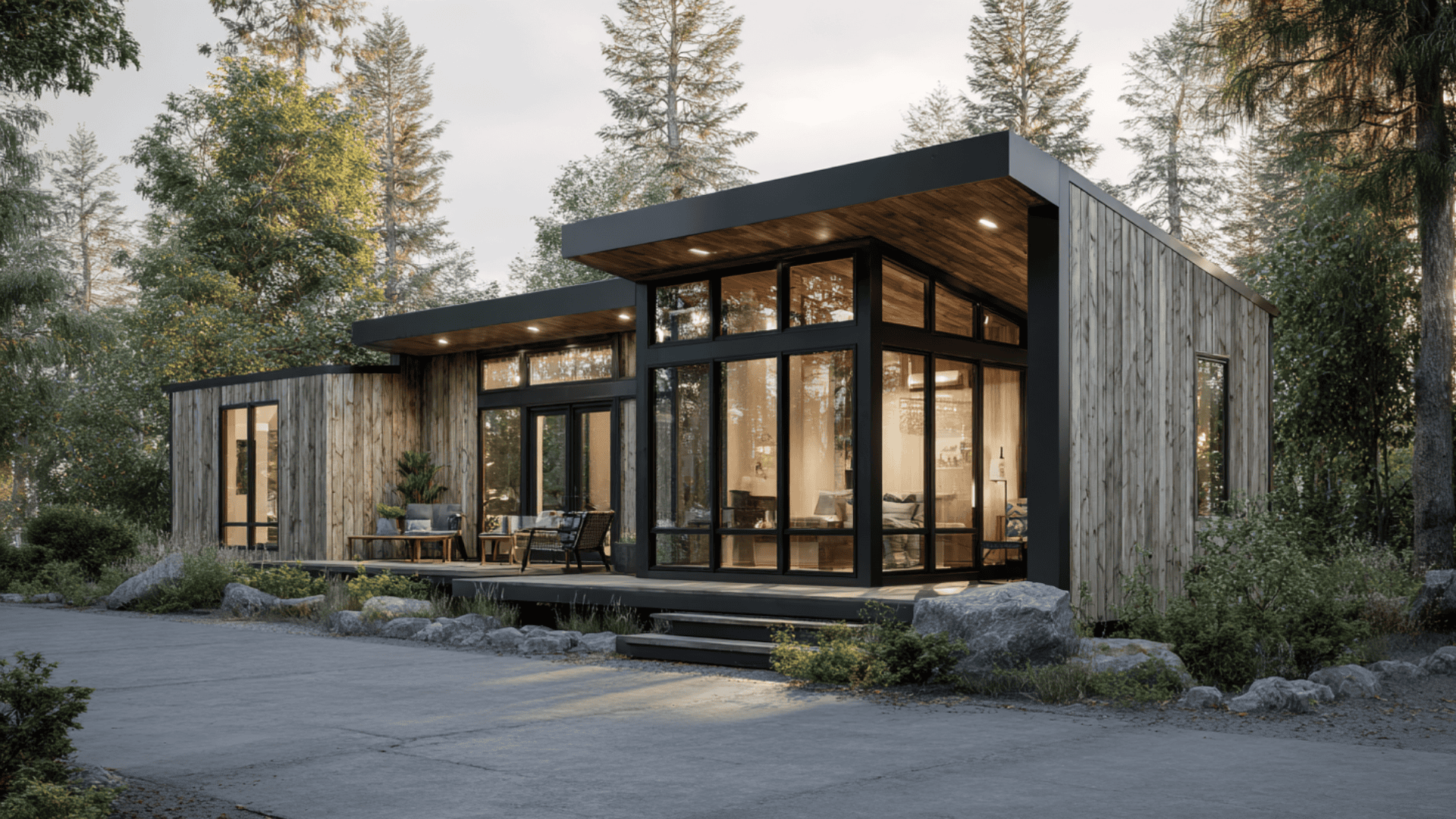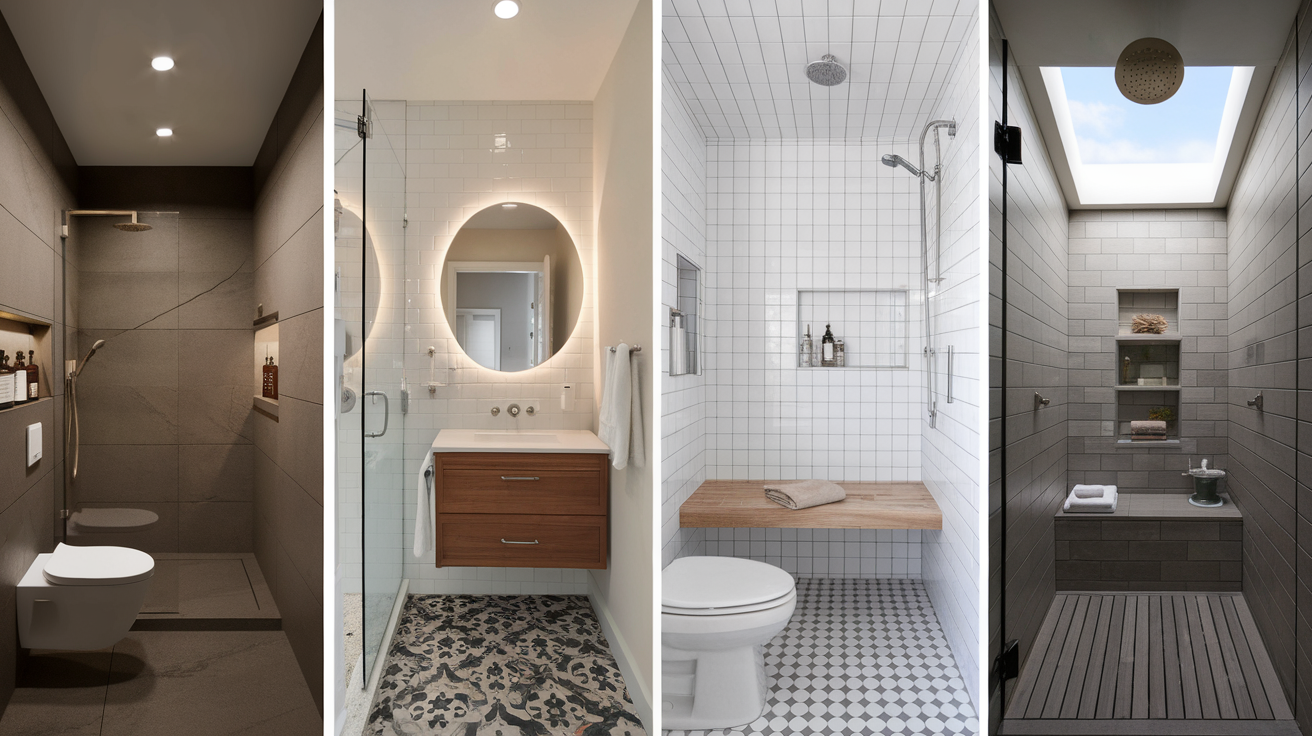A concrete slab foundation is a popular and affordable option for building a stable, long-lasting base.
However, understanding the different types of slabs, the construction process, and the costs involved is important before making a decision.
In this blog, I’ll walk you through the steps to build a concrete slab foundation and explain when it’s the right choice for your project.
By the end, you’ll be able to make an informed decision for your home or building.
What is a Concrete Slab Foundation?
A concrete slab foundation is a solid, flat layer of concrete poured directly onto the ground. It’s one of the simplest and most affordable foundation types.
The concrete is thickened at the edges to form a sturdy base that supports the weight of the building.
This type of foundation is commonly used in warm climates where the ground doesn’t freeze. It’s quick to build and doesn’t require a basement or crawl space.
However, plumbing and wiring need to be installed before the slab is poured, as they can’t be added afterward without breaking through the concrete.
Main Types of Concrete Slab Foundations
There are several types of foundations, each designed to meet different structural and climate needs.
| Type | Description | Best For |
|---|---|---|
| Monolithic Slab | Poured as a single piece, including the edges that act as footings. | Quick, cost-effective, and ideal for warm climates. |
| Stem Wall Slab | Footings are poured first, with the slab placed on top. Ideal for areas with freezing temperatures. | Cold climates, where frost heave is a concern. |
| Floating Slab | A single-layer slab poured directly on leveled soil. | Smaller buildings like garages, sheds, and additions. |
| Raised Slab | Built on short foundation walls, providing space beneath the structure. | Areas needing space for utilities or moisture control. |
Each type is designed to meet specific climate conditions and building needs, making it easier to select the right slab for your project.
Steps to Build a Concrete Slab Foundation

Building the slab involves several key steps that contribute to the stability and durability of the structure. Following each phase carefully ensures the foundation is solid and long-lasting.
1. Site Preparation
The site must be properly cleared before any foundation work begins. This includes removing debris, vegetation, and rocks to ensure a clean surface.
Next, the ground is leveled and graded, with a slight slope for proper water drainage. Gravel or sand is then added to prevent moisture buildup under the slab.
2. Formwork and Reinforcement
Wooden or metal forms are placed around the perimeter to shape the slab and keep the concrete in place. These forms are aligned carefully to ensure the foundation is level and the correct size.
Steel rebar or mesh is placed within the forms to reinforce the slab. This reinforcement helps prevent cracking by distributing the weight and stress evenly across the foundation.
3. Pouring and Finishing
Concrete is poured evenly into the forms, making sure it covers the entire area. The concrete is then smoothed and leveled using a screed, ensuring a flat surface.
Once the surface is smooth, the edges of the slab are shaped with a trowel to create rounded corners. This improves the slab’s appearance and helps prevent cracks from forming at the edges.
4. Curing
After pouring, the slab needs to cure to reach its full strength. To do this, it must be kept moist so the concrete doesn’t dry out too quickly and crack.
Moisture is retained by covering the slab with plastic sheeting or wet burlap, which also helps maintain the temperature. Curing can take several days, depending on weather conditions.
Cost of Building
The cost of building this can vary depending on several factors. Here’s a clear cost breakdown table for building a slab foundation:
| Type of Slab | Average Cost (per sq ft) | Estimated Cost for 20×20 ft Slab |
|---|---|---|
| Basic Slab | $5 – $9 | $2,000 – $3,600 |
| Standard (Reinforced) Slab | $7 – $14 | $2,800 – $5,600 |
| High-End Slab | $12 – $16+ | $4,800 – $6,400+ |
These estimates include materials and labor for a typical residential foundation. Actual costs may vary depending on local labor rates, soil conditions, and slab thickness.
Advantages of a Concrete Slab Foundation
This foundation offers several advantages, making it a popular choice for many construction projects.
- Cost-effective: They are generally cheaper to construct compared to crawl spaces or basements.
- Quick to Build: The construction process is faster due to fewer steps involved, saving both time and labor costs.
- Low Maintenance: Concrete is resistant to pests, mold, and decay, reducing the need for long-term upkeep.
- Energy-efficient: Slabs have good thermal mass, helping regulate indoor temperatures and reducing heating and cooling costs.
These benefits make this a reliable and affordable choice for many homeowners and builders.
Maintenance and Common Issues
While the foundation is durable, it may require periodic maintenance to ensure longevity.
- Routine Inspection: Regularly check for cracks, settling, or signs of moisture buildup, especially near edges or corners.
- Common Issues: Moisture problems, like water pooling around the foundation, can lead to cracks or shifting.
- Cracking: Cracks may appear over time due to soil movement, temperature fluctuations, or poor curing.
- Prevention and Repairs: Ensure proper drainage around the foundation to prevent moisture buildup. Small cracks can be sealed with epoxy, but larger cracks may need professional repair.
Maintaining your slab and addressing issues early can help extend its life and prevent costly repairs.
Is a Concrete Slab Foundation Right for You?
This slab foundation is ideal for areas with warm climates and stable soil conditions. It provides a strong, long-lasting base for homes, garages, and smaller buildings.
However, it may not be suitable for regions with freezing temperatures, where ground movement can cause cracks. In such areas, foundations like stem walls or crawl spaces perform better.
If you’re unsure, consulting a professional builder or structural engineer can help you determine if it fits your site and project needs.
Conclusion
Building with a concrete slab foundation is a smart and practical choice that combines strength, durability, and long-term value.
It works well for different types of projects, offering a stable base that requires minimal maintenance when built correctly.
By understanding the construction process, cost factors, and maintenance essentials, you can plan your project with clarity and confidence.
If you’re ready to move forward, connect with a trusted contractor or foundation expert to evaluate your site and get a detailed plan tailored to your needs.















